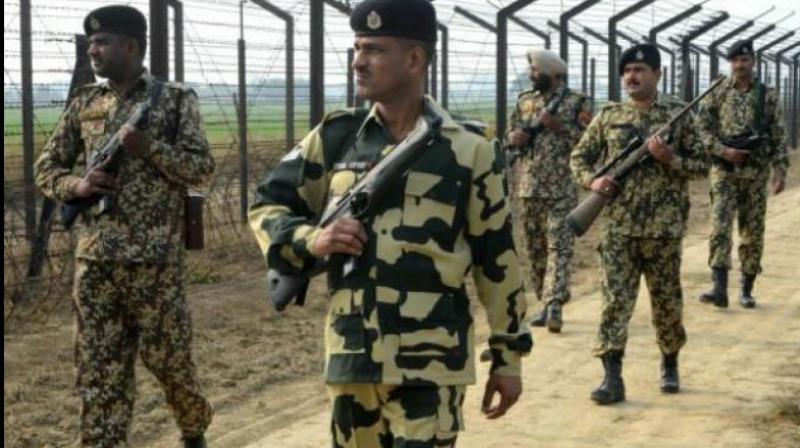Embedding the Army in politics is a bad idea
The changing profile of the Army in the new political landscape is deeply worrying.

Everyone wants an Army tank these days. Or an RCL gun. Obsolete and unusable, of course, but the symbolic hardware of war is much in demand in educational institutions across India. A number of universities and schools, elite institutions such as Delhi’s Modern School and Lucknow’s La Martiniere College among them, have sought and been allotted old Vijayanta or T-55 tanks by the Army. Ostensibly, this is to display the patriotism of the institution, or to instil it in their students. For the ruling BJP regime which equates its muscular nationalism with glorification of the military, it must be a source of satisfaction that dozens of such military hardware have been installed in educational institutions. Its trusted vice chancellors have taken up the cry for tanks in campuses, while huge sums are being allocated for new war memorials. Military rhetoric is used to gloss over policy muddles and adm-inistrative ineptitude. The tedious refrain that continues to be played out in the public space and on social media is always this: if the Army jaw-an can stand for long hours at the border to defend the country, surely Indians could sta-nd — and die as it happened — in bank queues to show their devotion to country?
The changing profile of the Army in the new political landscape is deeply worrying. The military rhetoric has dominated news for much of the three years that Modi has been in power. The concerns have deepened after Modi’s handpicked man Bipin Rawat was made Chief of Army Staff. The general has shown no hesitation in shedding the apolitical image of the Army, frequently taking political stances that no Indian Army chief has dared to so far. Gen Rawat has even approached the central ministry handling education to demand that stories about Army valour be made part of the school curriculum. Obviously, no one raps a handpicked General for stepping out of line. But his major attempt to portray the Army as a people-friendly organisation has run into a storm of criticism. This is the Army’s decision, clearly at the behest of the defence ministry, to build three railways bridges in Mumbai. Experts have been quick to point out that it is not the Army’s role to make up for the inefficiencies of civilian departments except in times of emergencies such as natural disasters when its skill and capacity to set up temporary infrastructure is urgently needed.
That could have unhealthy portents though. Defence analysts say that in 1953, when martial law was imposed in Lahore, the Pakistan Army had launched a similar camp-aign to project a friendly im-age of Army efficiency by cle-aning the city. What happe-ned thereafter is now history. One of the biggest conceits — and strengths — of India’s democracy is that it has succeeded keeping the military out of politics these many decades. India’s ability to manage the military while juntas periodically took charge of neighbouring countries has provided its citizens with a comforting sense of security that the Army remains safe for the world’s largest democracy. In the recently published Army and Nation: The Military and Indian Democracy since Independence, Steven I. Wilkinson contends that this is primarily because of the critical choices made by the civilian leadership to curtail the Army’s autonomy. Among other things, the Army top brass was discouraged from making speeches. Not any more though. Now the Army is brought in to harangue civilians on what’s wrong with India’s democracy, to fulminate on TV, to lecture to students on patriotism. But many among them have written openly about the dangers of this trend. Their warning: there are serious dangers in making the Army a vote bank.
By arrangement with Dawn

